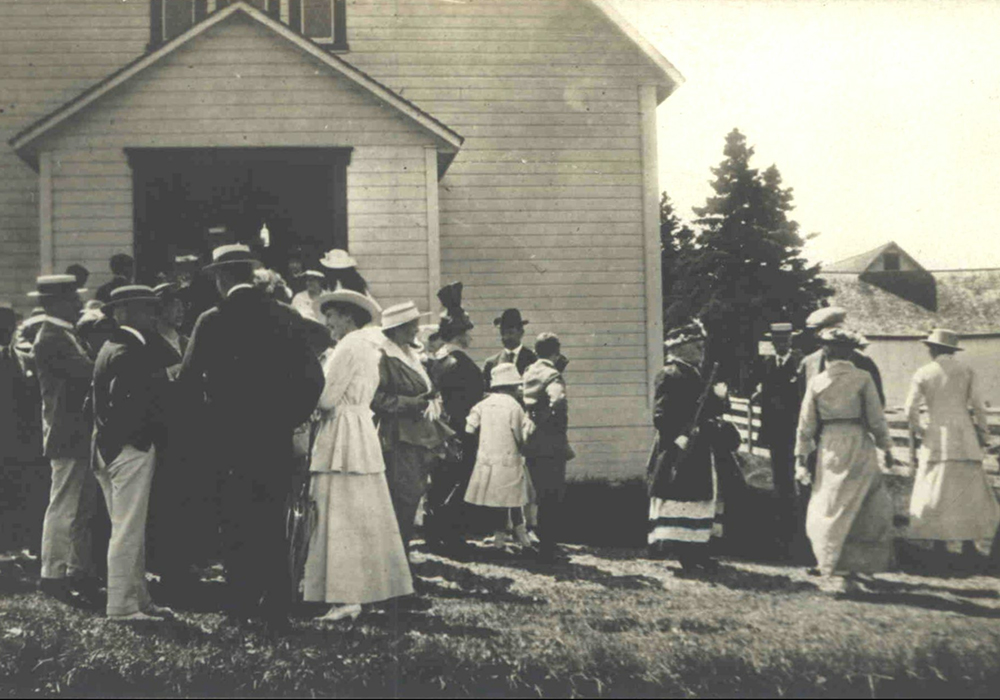Nestled quietly in Conception Bay, the small town of Brigus, Newfoundland is well known for its rugged beauty and serenity. Lesser known is the town’s stature in the late 19th Century as one of the most prosperous fishing and sealing communities along the coast of the Avalon Peninsula.
Like many other settlements in Newfoundland, Brigus was originally populated primarily by settlers from Wales, Ireland and England, men who became rich landowners, high-ranking political figures and sea conquering heroes. These were the men responsible for the political, economic and architectural development of Brigus. These were the settlers who, having claimed Brigus as their home, bought up land and began to build a community where they could raise their families properly. They built houses, large churches for worship and schools. They opened up small businesses and fish stores that were soon in full operation. Between 1830 and 1880 Brigus flourished as one of the wealthiest centers in Newfoundland.
The introduction of steam power to Newfoundland in the latter part of the 19th century, however, had a detrimental effect on small fishing communities like Brigus. Schooners soon gave way to stronger and larger steam ships that operated only out of larger ports like St. John’s harbour. Many of the island’s fishing communities were abandoned with the demise of the fishery in Newfoundland, but Brigus has survived. As a picturesque coastal town close to the capital city of St. John’s, Brigus attracts tourists in the summer and city dwellers who buy houses in town as summer homes or weekend retreats.
The Old World lives on in Brigus, thanks to government funding and the love of this beautiful community where old buildings and houses are well restored to maintain their historic appeal.
This Community Stories exhibit takes the virtual tourist around the town of Brigus, along the most prominent roads, pointing out the town’s landmarks, tourist attractions and historic buildings. The tour includes several homes in Brigus, most of which are more than a century old, describing room by room their place in the history of this community.


